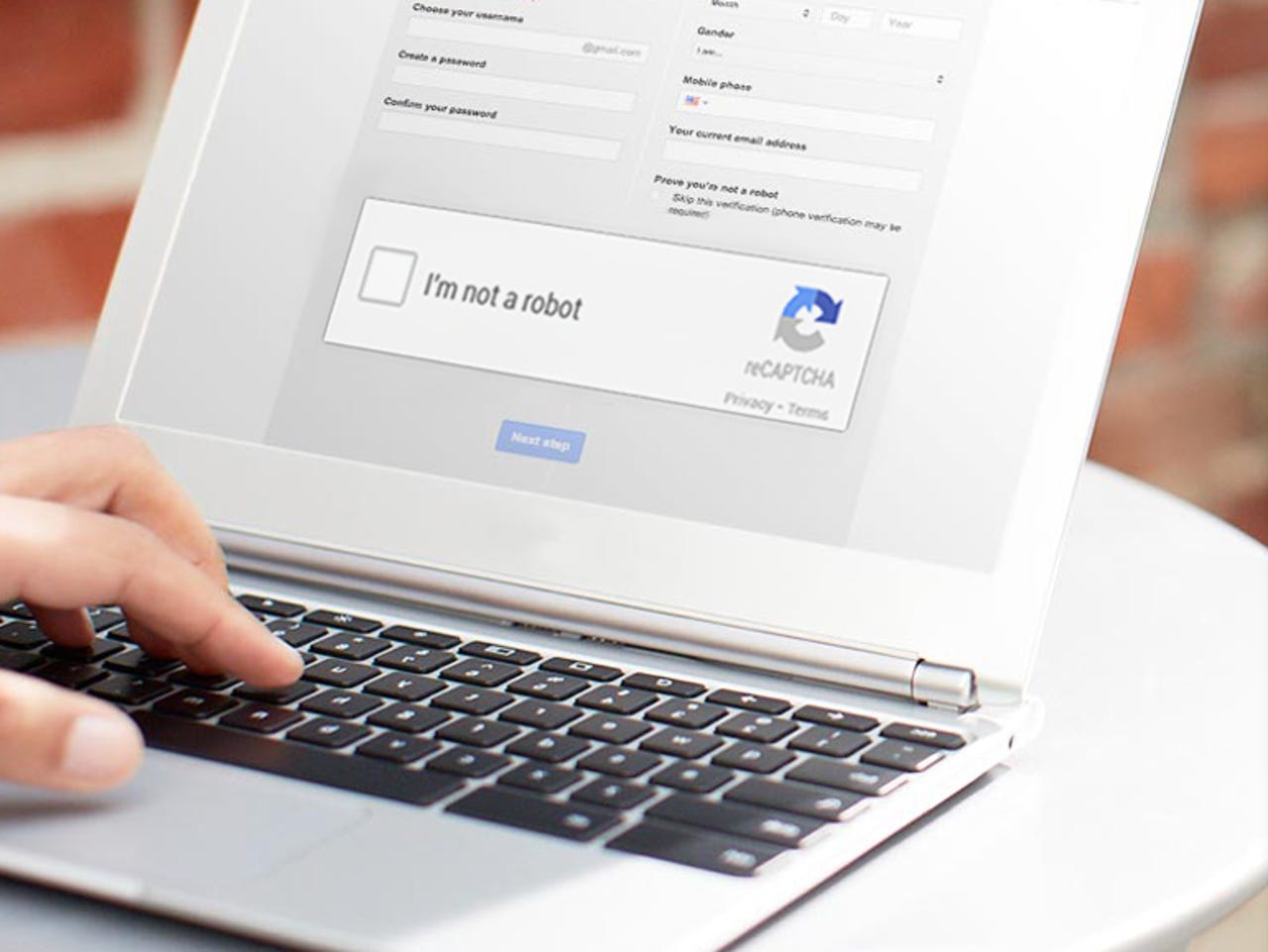Now Google's clever AI can tell you're not a bot without reCAPTCHA even appearing


Google's Invisible reCAPTCHA removes the "I'm not a robot"checkbox but can still sort bots from people.
Google has released a new invisible reCAPTCHA test for telling the difference between humans and bots accessing websites.
The move takes one more step out of CAPTCHA, or Completely Automated Public Turing test to tell Computers and Humans Apart, which asks site visitors to prove they're not bots by solving a puzzle, such as reading blurry text or an image.
Google in 2014 introduced No CAPTCHA ReCAPTCHA and made the test simpler by asking people to check a box that says, "I'm not a robot".
Invisible reCAPTCHA takes it a step further by removing the checkbox, yet it still does the job of sorting out bots from people.
Google hasn't explained how the system works, and as Ars Technica notes, that's probably because Google doesn't want to help spammers bypass it.
However, the reCAPTCHA API that supports the ReCAPTCHA checkbox is still working in the background. It allows Google to collect and analyze information about devices and apps.
Google has previously said it uses "advanced risk-analysis techniques to distinguish humans from machines". The company's backend services connected with the reCAPTCHA API assess a visitor's interaction with the CAPTCHA before, during and after to tell if they're bots.
The evolution of the technology has allowed it over time to introduce easier puzzles for low risk profile visitors, and harder ones for probable bots.
Similarly, the Invisible reCAPTCHA doesn't do away with challenges altogether. If Google determines that the visitor is likely to be a bot, it will still present various challenges.
Google cut back on its use of distorted text puzzles in 2013, just before showing that the artificial intelligence it used for reading numbers captured by StreetView vehicles could solve extremely distorted text with over 99 percent accuracy.
More on Google
- Google's big Hangouts revamp: Now you get separate Meet and Chat apps
- Google's 55-inch 4K Jamboard will ship in May for $5,000
- Google Cloud Platform Committed Use Discounts trump AWS Reserved Instances for now
- Google adds new data analytics and database offerings
- Google Cloud unveils its custom security chip, new security features
- Google Pixel broken mics: Owners enraged by faults and flawed replacements